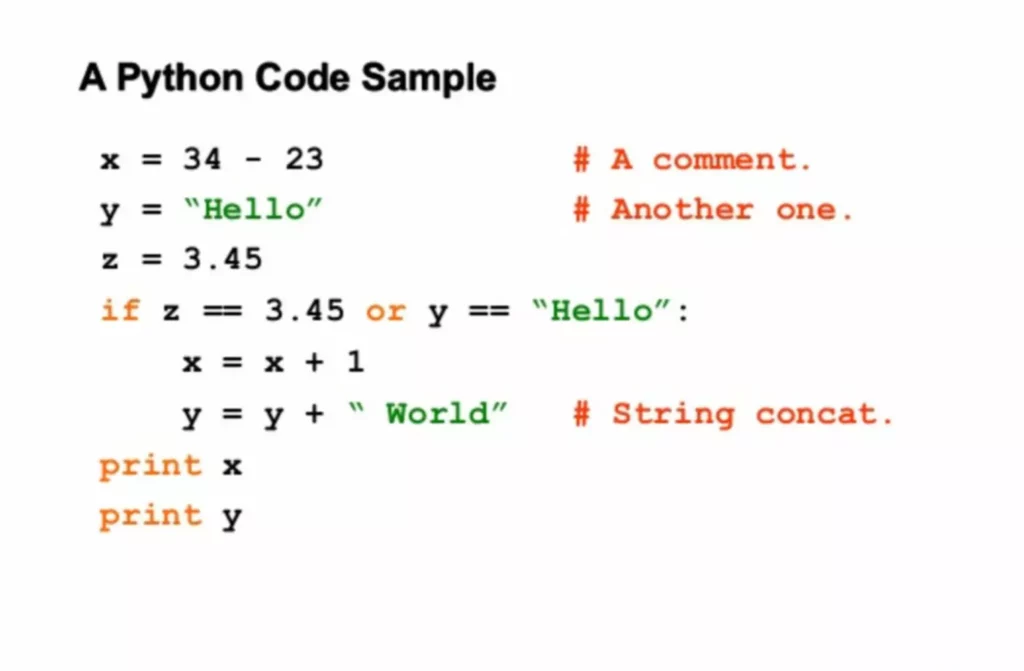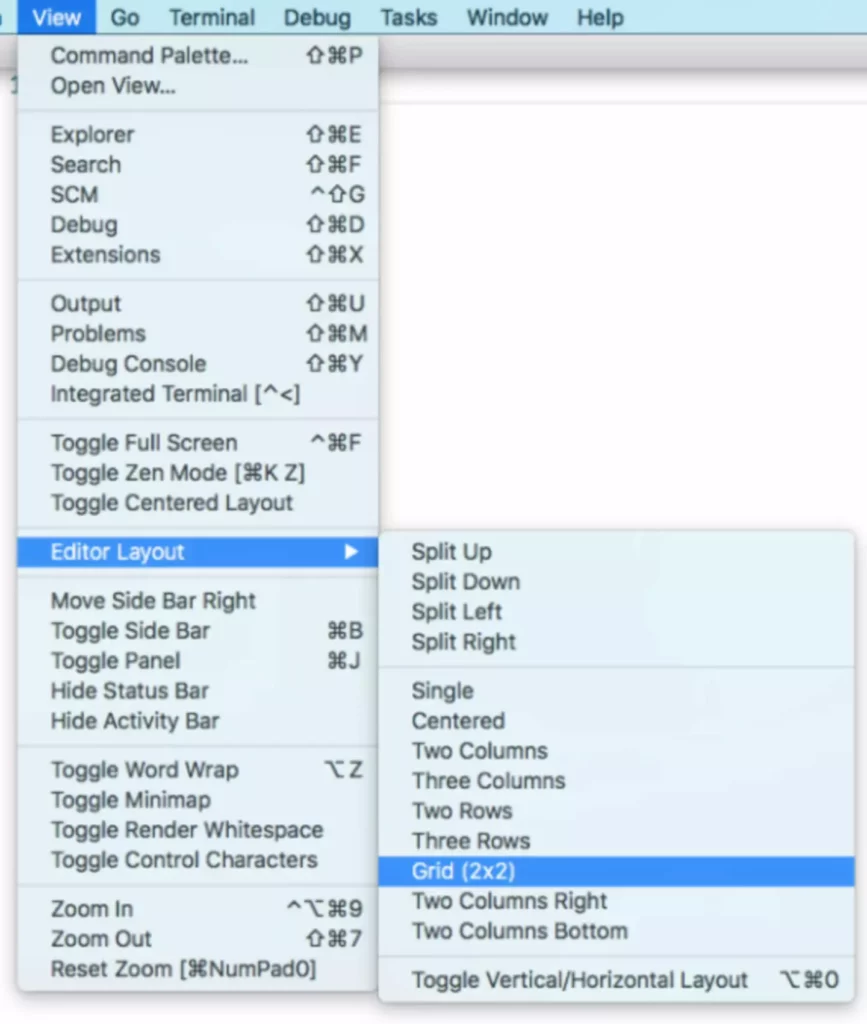We have explained all TOP, LIMIT and FETCH FIRST clause in SQL with examples, and also mentioned their supported DBMS to keep away from confusion. newlineUsers ought to examine if the clause is supported by their DBMS earlier than utilizing them. In this example, we are going to use the SELECT LIMIT clause to show only 2 results. One common mistake to keep away from is neglecting the ORDER BY clause. This can lead to surprising order of the results, which I’ve talked about earlier.
Top In Sql
This clause is used when the database tables comprise 1000’s of information. In most circumstances, the TOP and ORDER BY constructions are utilized in conjunction. In Any Other Case, the TOP clause will return the primary N rows in an arbitrary order. As a outcome, it’s best follow to make the most of the TOP clause along side an ORDER BY to provide a selected sorted result. The SELECT TOP clause is a SQL command used to restrict the number of rows returned from a query. This is particularly useful when you’re dealing with massive databases, and also you desire a subset of records.
Sql Tutorial
This lists all distinctive first names present in both the employees table or the contractors desk. This asks for the names and sales of the top 5 merchandise, sorted by sales from highest down. This SQL SELECT TOP example would select the first 5 data from the contacts desk where the last_name is ‘Anderson’. If there are different data within the contacts desk which have a last_name of ‘Anderson’, they will not be returned by the SELECT assertion. Keep In Mind, although, that the ‘top’ records will depend on how your data is ordered.
- In the subsequent query, we specify an ORDER BY Clause to kind leads to descending order of birthdate column.
- This asks for a listing of all of the different international locations your clients are in.
- The SELECT TOP clause is supported by SQL Server (Transact-SQL).
- SQL SELECT TOP reduces your knowledge analysis to a sure number of data.
In that case, it is strongly recommended to use TOP with an ORDER BY clause specified in a subselect statement. This SQL SELECT TOP example would select the first 10% of the information from the total end result set. So in this example, the SELECT statement would return the top 10% of records from the contacts table the place the last_name is ‘Anderson’. The other 90% of the outcome set would not be returned by the SELECT statement.

Choose Top Worth % Of Rows From Table
The SELECT TOP clause is used to specify the number of records to return. Let’s execute the previous basic sql queries for testing question by adding the WITH TIES clause. We have a total of 290 data within the HumanResources.Employee. Let’s go ahead and discover the TOP clause and its efficiency elements. You can see, it returns high 3 Objects which have highest bought amount value.
For instance, when we wish to return the primary 10 rows of the table we are able to set this parameter as 10. In this example, we retrieve random 5 rows from the Product table. SQL TOP, LIMIT and FETCH FIRST clause are used for a same function of limiting the info returned in results set. All three of those queries aren’t supported by all SQL DBMS. Each of them is supported by solely some of the DBMS and relying on the DBMS you utilize, the query can differ. From the above question, the LIMIT operator limits the variety of information to be returned.
Using a PERCENT with TOP clause, indicates that the question return the n PERCENT of rows from whole rows in the result set. The SQL Server TOP clause is used to limit the number of rows which are returned by a question. Usually, Databases and tables hold millions or billions of information.
The capacity to pinpoint precisely the number of high information wanted not only https://deveducation.com/ saves time but in addition optimizes the application’s response time. In many instances, this kind operator and TempDB spill might trigger efficiency issues, and we should get rid of it using proper indexes. We ought to never ignore the TempDB spill in the question execution plan. In the above image, we will see it brought on the TempDB spill as a result of ZIP column.
You can also use the ORDER BY assertion to sort the info accordingly. The ORDER BY TotalAmount DESC clause types the records in descending order by the TotalAmount before the TOP clause limits the end result set to 3 records. When we use a TOP clause with an update assertion, the replace runs for the undefined rows as a result of we could not add ORDER BY to this type of replace statement. Variables are database objects which are used to retailer information in the course of the execution of the question. In the following query, we assign a worth to the variable and the question will return the primary rows that equal the variable assigned worth.

Top Clause With Percent
Remember, the vital thing to leveraging the TOP clause effectively lies in combining it with the ORDER BY statement to make sure you’re getting essentially the most relevant data. Whether you’re working with SQL Server, MySQL, or PostgreSQL, the principles remain the identical, though the syntax might differ. Dive into practicing with real-world examples and watch your database management skills soar. With these insights, I’m assured you’ll find utilizing the SQL TOP clause to be a game-changer in your information retrieval duties.
Whether you’re a budding knowledge analyst or a seasoned database supervisor, mastering SQL TOP is a game-changer. Once we have created the index, update the statistics with FULLSCAN so that query optimizer can use this newly created index. The commands LIMIT, FETCH FIRST and ROWNUM serve a similar objective, which we are going to focus on on the finish of this tutorial.


